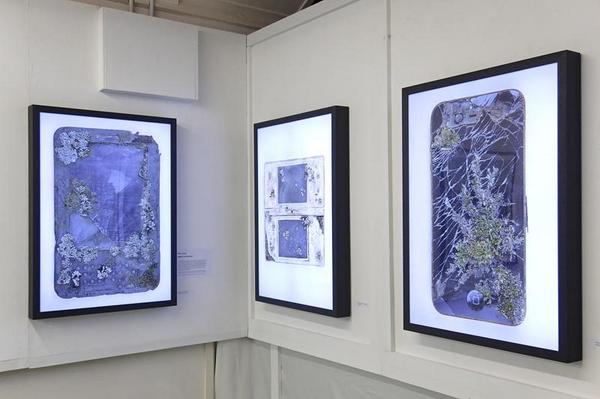Bill Pierce
Well-known
Much of the time on this forum we discuss the craft and the technical aspects of photography simply because it is the one thing we have in common. But what we point our cameras at is different. Looking at my digital files I see that 6,666 images of family and friends; 5,812 professional shots, mostly news and documentary along with some portraiture. I always think you should point your camera at what is important and of interest to you, and, if folks liked your pictures, they would have been fascinated by the actual people and the events in the picture.
That’s a long way from folks who like to photograph beauty, be it landscapes or pin ups. Some folks like to photograph their travels. I have a friend who photographs beautiful still lives never leaving his house.
What do you photograph? And more important, do you have any idea why?
That’s a long way from folks who like to photograph beauty, be it landscapes or pin ups. Some folks like to photograph their travels. I have a friend who photographs beautiful still lives never leaving his house.
What do you photograph? And more important, do you have any idea why?


